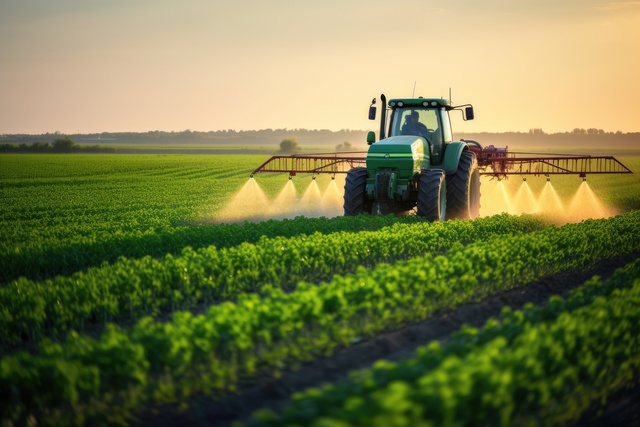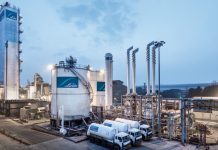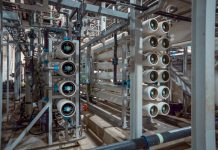
The government launched the New Investment Policy (NIP) – 2012 as an initiative on January 2, 2013, and later amended it on October 7, 2014.
The policy aimed to encourage fresh investments in the urea sector and make India self-sufficient in urea production.
As a result, the government established six new urea production units under NIP-2012.
Designated Public Sector Undertakings (PSUs) set up four of these units through Joint Venture Companies (JVC):
*Ramagundam Urea Unit (Telangana) – Established by Ramagundam Fertilizers and Chemicals Ltd (RFCL).
*Gorakhpur, Sindri, and Barauni Urea Units – Set up by Hindustan Urvarak & Rasayan Limited (HURL) in Uttar Pradesh, Jharkhand, and Bihar, respectively.
Two additional urea units were developed by private companies:
*Panagarh Urea Unit (West Bengal) – Operated by Matix Fertilizers and Chemicals Ltd. (Matix).
*Gadepan-III Urea Unit (Rajasthan) – Run by Chambal Fertilizers and Chemicals Ltd. (CFCL).
Each of these units has an installed capacity of 12.7 Lakh Metric Tonnes per Annum (LMTPA), incorporating advanced energy-efficient technology.
Collectively, they have increased India’s total indigenous urea production capacity by 76.2 LMTPA, raising the Reassessed Capacity (RAC) from 207.54 LMTPA in 2014-15 to 283.74 LMTPA in 2023-24.
Revival of Talcher Fertilizer Unit
To further enhance urea production, the government approved a dedicated policy for reviving the Talcher unit of Fertilizer Corporation of India Limited (FCIL).
The Government initiative, undertaken by Talcher Fertilizers Limited (TFL)—a JVC of nominated PSUs—aims to set up a new Greenfield urea plant with a capacity of 12.7 LMTPA using a coal gasification route.
New Urea Policy (NUP) – 2015
To maximize indigenous urea production, the government implemented the New Urea Policy (NUP) – 2015 on May 25, 2015, for 25 existing gas-based urea units.
The policy has resulted in an annual increase of 20-25 Lakh Metric Tonnes (LMT) of urea compared to 2014-15 production levels.
Together, these measures have significantly boosted urea production in India, increasing from 225 LMT in 2014-15 to a record 314.07 LMT in 2023-24.
Strengthening the Phosphatic and Potassic (P&K) Fertilizer Sector
The government introduced the Nutrient-Based Subsidy (NBS) Policy on April 1, 2010. It aims to support the production of phosphatic and potassic (P&K) fertilizers.
Under the policy, a fixed subsidy is provided for notified P&K fertilizers. Authorities determine it annually or bi-annually based on its nutrient content.
Unlike urea, the P&K sector remains decontrolled, allowing companies to manufacture, import, and expand domestic production based on market dynamics.
Measures to Reduce Dependence on Imported Fertilizers
To promote self-reliance in fertilizer production, the government and private sector have taken the following steps:
*Encouraging Domestic Production – New manufacturing units and capacity expansions have been recognized under the NBS subsidy scheme.
*Potash Derived from Molasses (PDM) – This 100% indigenous fertilizer is now included under the NBS scheme.
*Freight Subsidy on Single Super Phosphate (SSP) – Since the Kharif 2022 season, the government has offered freight subsidies on SSP to encourage its use as a domestic phosphatic fertilizer.
Fertilizers: A Key Contributor to Agricultural Growth
According to the Economic Survey 2024-25, the agriculture sector supports 46.1% of India’s population. It contributes 16% to the country’s GDP.
Essential inputs like fertilizers, water, and seeds play a crucial role in increasing agricultural production. Over the past decade, government initiatives have significantly boosted fertilizer production. It increased from 385.39 LMT in 2014-15 to 503.35 LMT in 2023-24.
As reported by pib.gov.in, India is strengthening its self-sufficiency in fertilizer production through strategic efforts. This reduces dependency on imports and ensures robust agricultural growth.































